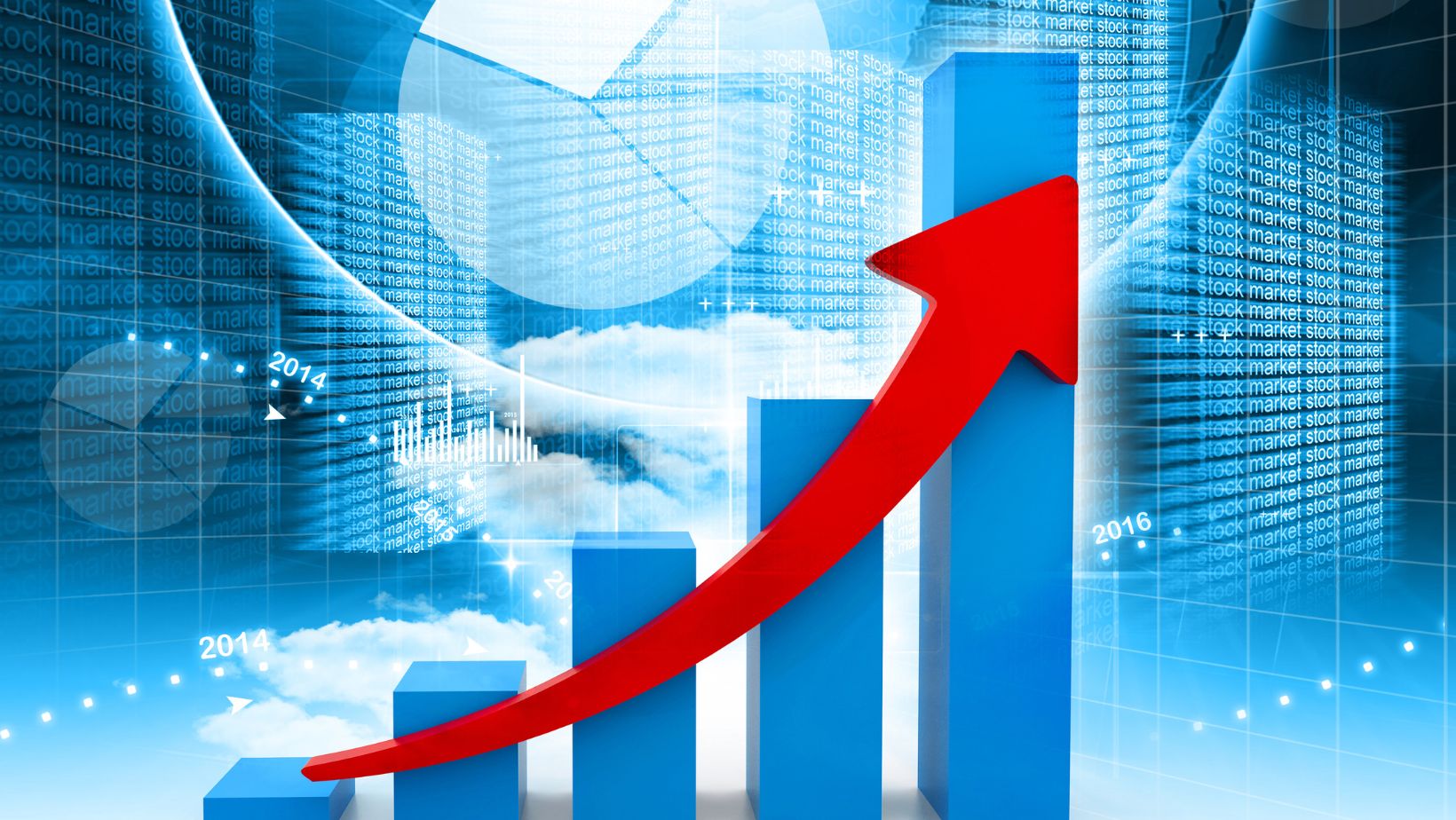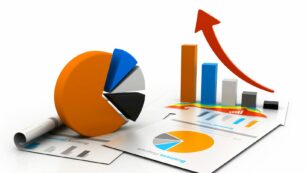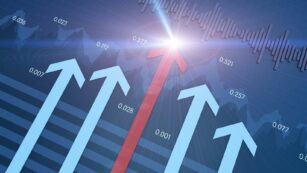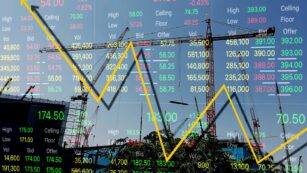
In the complex world of finance, economic statistics stand as a beacon, guiding decisions and strategies. They’re not just numbers on a page, but a snapshot of a nation’s fiscal health, a barometer of economic trends, and a compass for policy makers, investors, and businesses alike. Navigating the economic landscape without these crucial indicators is akin to sailing without a compass. From GDP to unemployment rates, inflation to trade balances, economic statistics offer invaluable insights into the state of an economy, its potential growth, and future direction.
Economic Statistics

Economic statistics offer a factual foundation for policy making. Patterns are identifiable in the meticulous results, facilitating a clearer analysis of economic health. Regularly released statistics such as GDP growth rate, consumer price index, and unemployment rate aid policymakers in determining the success of current policies and formulating future directives.
Uses in Policy Making
Policy makers rely heavily on economic statistics for their decision-making process. Accurate figures allow them to assess economic conditions, guiding them in devising strategies for growth and mitigating economic challenges. For instance, high unemployment rates may trigger efforts tostimulate job creation, and fluctuations in GDP could signal the need for fiscal adjustments.

Not only do these statistics provide a snapshot of the current economic landscape, but they also enable anticipation of future trends. This predictive capacity plays a vital role in strategic planning, helping policymakers to foresee potential economic shifts and adapt or introduce relevant measures accordingly. Consider, for example, an elevated inflation rate. It might lead to tightening monetary policy, curbing rising prices and stabilizing the economy.
Lastly, economic statistics serve to assess the impact of implemented policies. They systematically quantify the outcomes, providing evidence-based evaluations. Policies once implemented, aren’t just left to fate, their effectiveness is tracked. Take an economic stimulus package, for example. Evaluating its success would involve comparing economic statistics before and after its implementation to gauge whether it had the desired effect on economic growth.
Key Economic Statistics and Their Interpretations
GDP and Economic Growth
Gross Domestic Product (GDP) stands as a key economic indicator that signifies a nation’s total economic output. It quantifies the value of all products and services produced within a certain period, typically a quarter or year. GDP growth rate, a percentage change in GDP from one period to another, underlines the pace of economic progress. If a nation shows a 2% GDP growth rate for a year, it means its economy has expanded by 2% compared to the previous year. However, interpreting GDP necessitates considering both nominal and real values. Nominal GDP does not acknowledge inflation, while real GDP makes adjustments for it, providing a true measure of economic growth.
Inflation Measurements
Inflation measurements, captured primarily by the Consumer Price Index (CPI) and Producer Price Index (PPI), denote the rate at which the general level of prices for goods and services is rising. For instance, a CPI inflation rate of 2% suggests that the average price level has increased 2% from the previous year.
It’s crucial to highlight that moderate inflation is common in growing economies. However, substantial inflation can deteriorate purchasing power, while deflation can result in economic stagnation. Therefore, inflation measurements form a fundamental element for monetary policy decisions.
Challenges in Gathering Economic Statistics
 Despite the undeniably critical role economic statistics play, it’s not all smooth sailing when it comes to collecting and interpreting these figures. There’s a complexity to these statistics that can make them challenging to understand and use effectively. For instance, measuring GDP accurately requires accounting for a wide range of economic activities, which can be a daunting task.
Despite the undeniably critical role economic statistics play, it’s not all smooth sailing when it comes to collecting and interpreting these figures. There’s a complexity to these statistics that can make them challenging to understand and use effectively. For instance, measuring GDP accurately requires accounting for a wide range of economic activities, which can be a daunting task.
Unemployment rates too, while seemingly straightforward, can be misleading if not considered alongside labor force participation rates. Inflation measurements, on the other hand, must be handled with care, as they’re sensitive to changes in consumption patterns.
These challenges underscore the need for a deep understanding of economic statistics. They’re not just numbers but powerful tools that, when used correctly, can help shape a nation’s economic future.